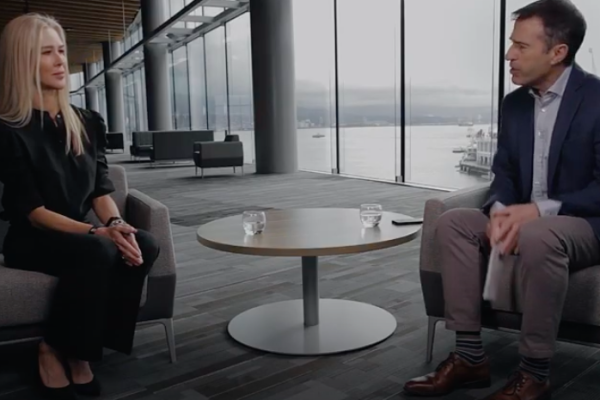By Justin Johnson
Head – Global Strategic Markets, MMR, LLC
The International Energy Agency has estimated that $13.5 trillion in capital will be required between now and the year 2030 to fund national Paris climate agreement commitments. It should be no surprise to anyone that most of that capital will come from private sources. The question is: How does that much private money get moving in such a short period of time?
The movement of money will only happen when capital market decision-makers feel confident that they know what the playing field looks like and that they know what the rules are. Two things come into play here: certainty and predictability. Both are necessary to ensure capital markets can both manage the risks and bank the returns created by government commitments under the Paris Agreement.
Green Capital Needs Some Certainty
‘Green’ capital is no different than any other capital. The people responsible for making financial decisions on projects generated by Paris Agreement commitments should not be expected to relax their scrutiny or due diligence just because they are helping to save the world! Changing the economy takes time; capital markets will need to see some level of consistency and stability in the rules of the game. Of course there will be timeouts, curveballs and replays over the next 13 years, but the fewer times the capital markets are surprised, the more comfortable the decision-makers will be. Faster response times means we’ll see the capital flowing quicker with better results.
Government has a critical and fundamental role in setting a consistent path, in reducing risk, and making green investments attractive. The change in our economy that will be funded by private capital will only happen – and happen in the short time frame that the Paris Agreement commits us to – if both governments and capital markets work together.
Such partnerships become even more important if we consider the multi-jurisdictional nature of them. Governments will need to partner with each other as much as they partner with the capital markets if we are going to keep transactional costs under control. Government policies must create some certainty for capital. Whether it is in pricing carbon, creating a market for renewables, or providing a way for monitoring, certifying and recognizing the benefits of investments.
Goals and Timelines Should Be Clear
If we are going to be successful in moving $1 trillion+ of capital per year into ‘green’ projects (including infrastructure and energy), the goals and time lines in the Paris Agreement need to be clear, predictable and free from uncertain feint and deke strategies.
Large-scale projects take time. Investors risk their capital investments over a number of years as developments play out; having the ability to define that risk, and get comfortable with it, will be critical.
It will be up to governments to clearly and repeatedly articulate the urgency of the need here. They will be required to provide a clear path to achieving the goal. Private capital will only make a big play if there is confidence that the solutions being funded are necessary, productive, and fully recognized. Private investors will know that they’ve scored when their ROI can be measured over time.
Winners and Losers
Government has a spotty history of picking winners and losers. It’s extremely important to move out of the way once government has set the path and is aiming toward the goal. But, because governments themselves simply don’t have the money, private capital will have to make up the bulk of the needed trillions.
This creates an opportunity for the efficiency of the private capital markets to lower the transaction costs of the necessary change in the world economy. That said, governments should be cautioned to not dictate what the change looks like, or they risk sending private capital running.
Rather, governments need to walk the line between creating the framework to make things happen while not stifling innovation or creating unprofitable constructs. Governments need to work closely with each other and with the capital markets to create an environment where capital can be innovative and clearly see the possibilities of a return over the long term.
Conclusion
Every time the rules are changed or the goals are moved risk goes up. There is a chance that the many trillions of dollars necessary over the next 10-15 years won’t materialize if the players don’t commit to the game. Private capital will be the engine that makes the Paris Agreement commitments happen. Governments are a critical and necessary partner in reaching those commitments. By making the commitments and setting the goals, governments provide a path and an opportunity to mobilize the flow of private capital.







